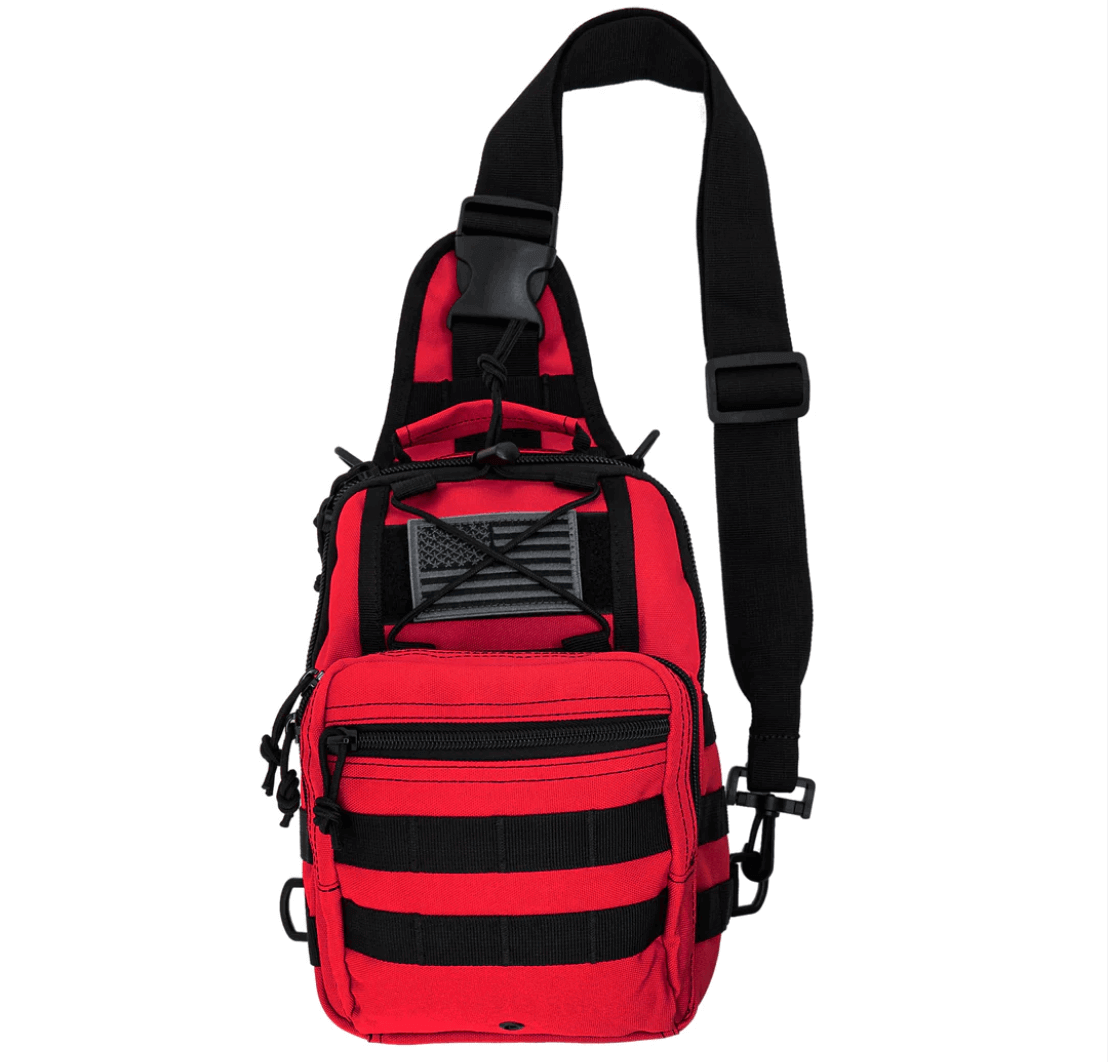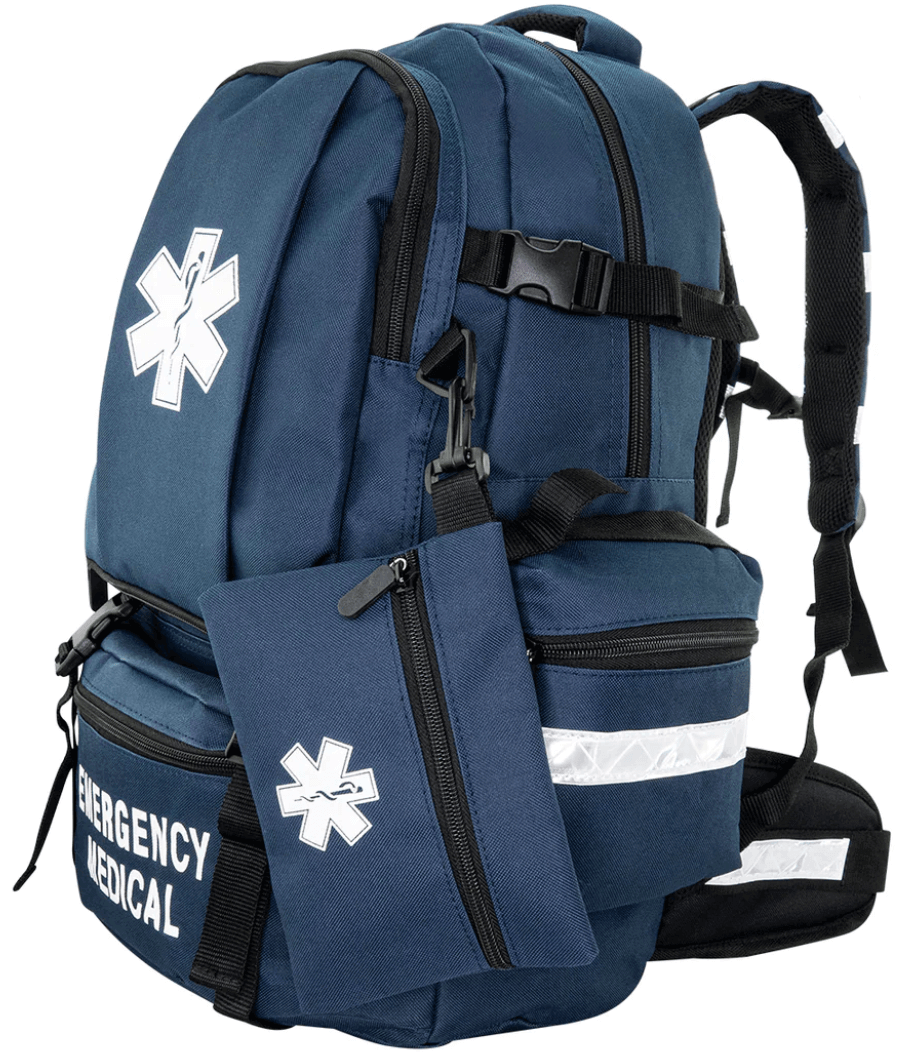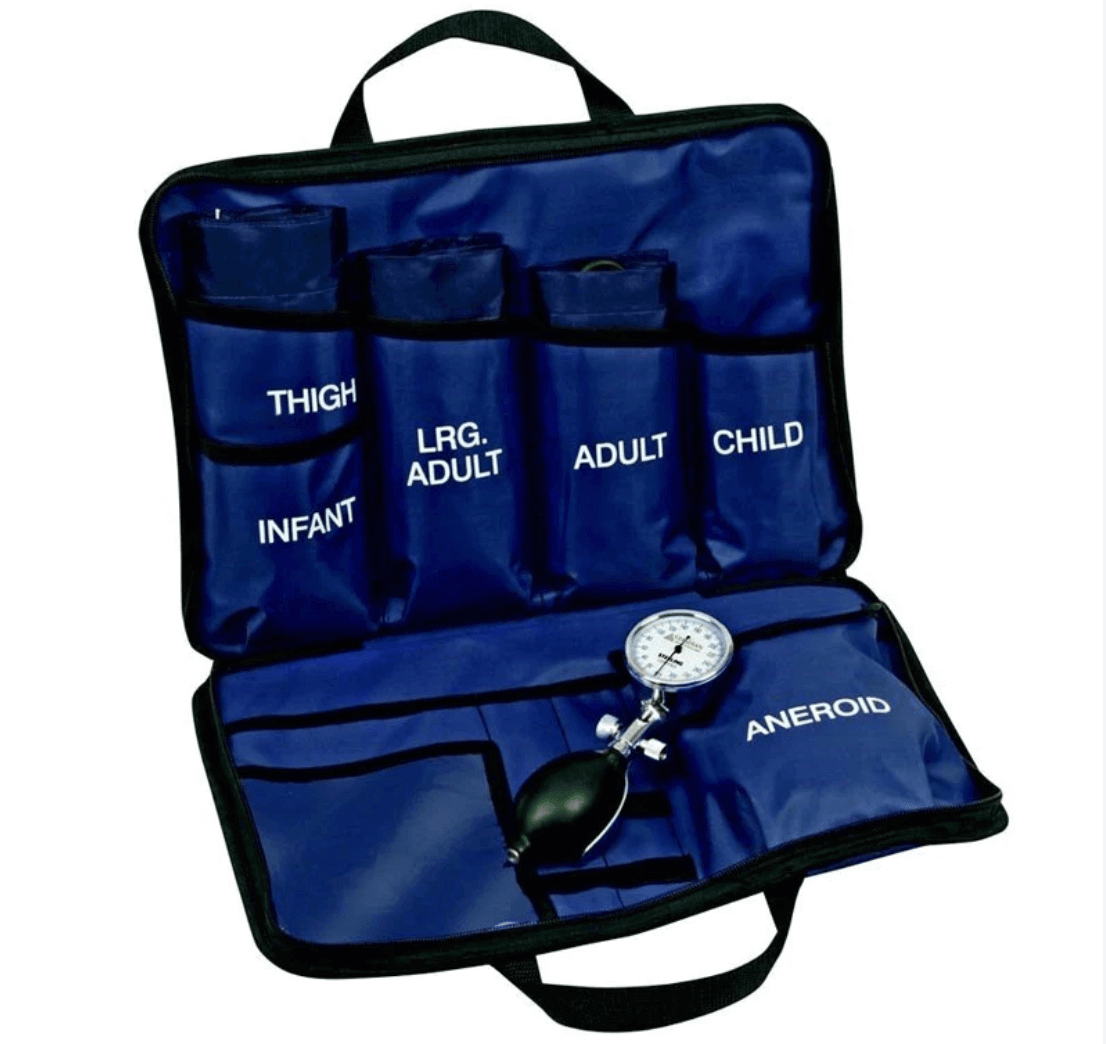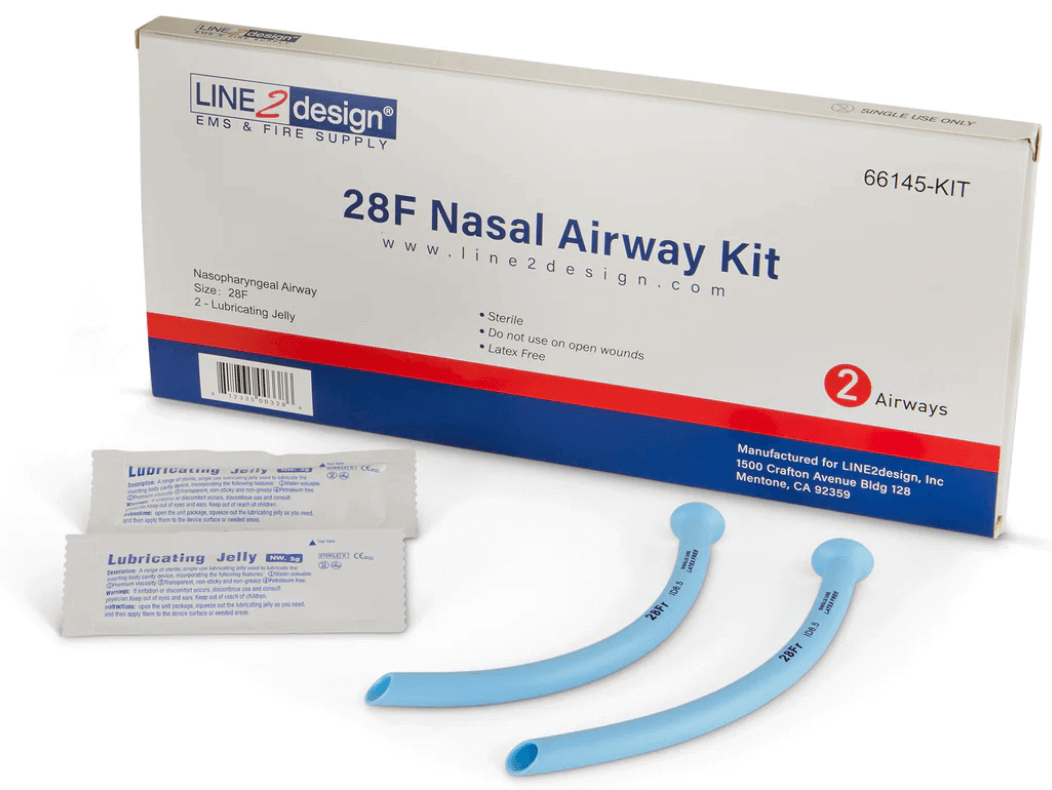EMS Essentials: Choosing the Best Tools, Gear, and Medical Bags
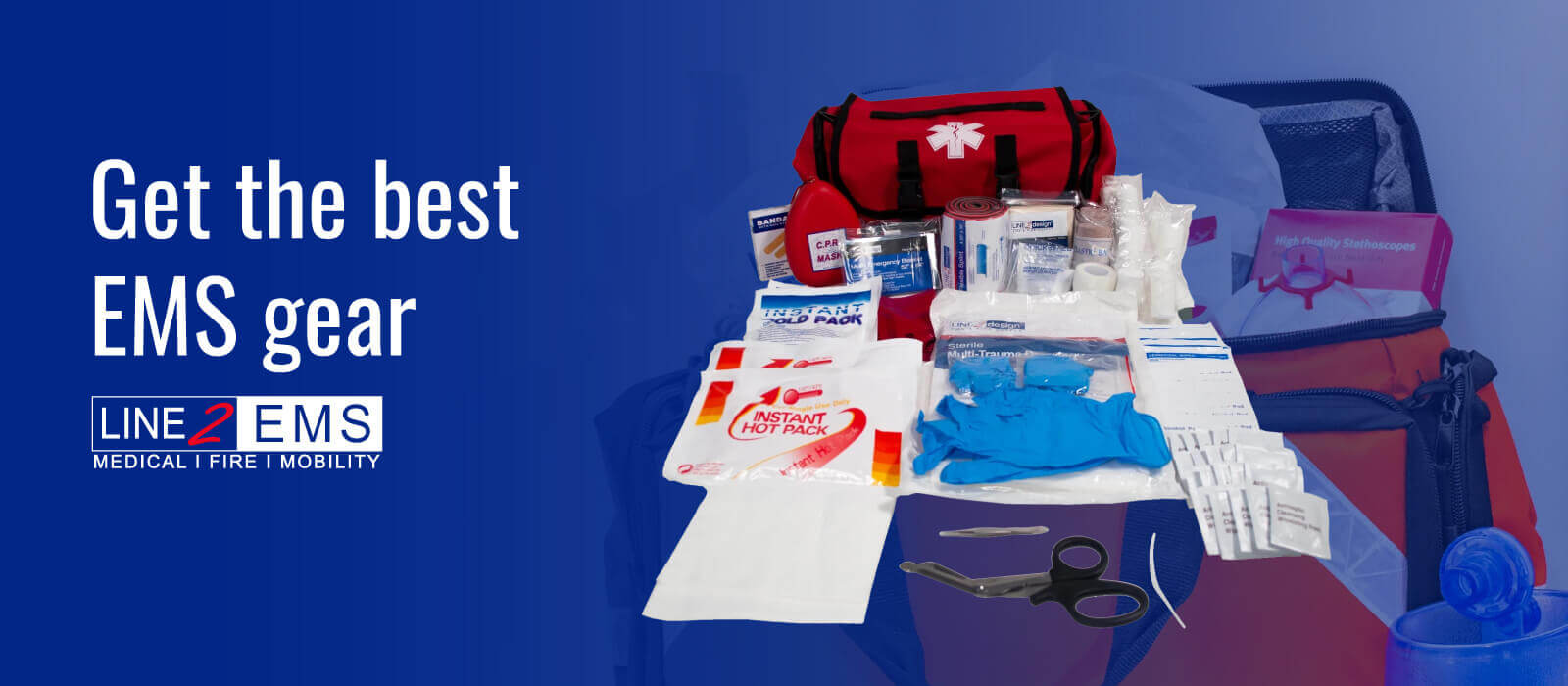
In the fast-paced and critical world of Emergency Medical Services (EMS), having the right tools and gear is not just a convenience—it's a necessity. From responding to emergencies to providing patient care under challenging conditions, the efficiency and effectiveness of EMS professionals hinge on the quality of their equipment. This article will explore the essentials of an EMS toolkit, the importance of selecting the right tools and gear, and provide recommendations for the best products available from LINE2EMS.
The EMS Toolkit: What Every Professional Needs
Essential Tools for EMS Providers
The toolkit of an EMS professional is a compendium of various tools critical for handling emergencies effectively. Alongside stethoscopes, vital for assessing vital signs, EMS providers must be equipped with a range of bandages and dressings for addressing different types of wounds. Splints are indispensable for immobilizing broken or injured limbs and stabilizing the patient for transport. Automated External Defibrillators (AEDs) are crucial for responding to cardiac emergencies offering life-saving interventions during cardiac arrests.
Technological Advancements in EMS Equipment
Technological advancements have significantly reshaped the landscape of EMS tools. The modern EMS toolkit features equipment that is more compact and highly efficient in function. For instance, contemporary portable monitors are adept at delivering critical patient data in real time, a feature that is indispensable for making informed and timely medical decisions.
Advanced defibrillators today are equipped with features that enhance their usability and effectiveness in emergency scenarios. These technological enhancements have improved the quality of emergency medical care and expanded the capabilities of EMS providers in diverse medical situations.
Key Factors in Selecting EMS Tools and Gear

When selecting tools and gear for EMS professionals, several key factors must be considered to ensure they are well-equipped for the demanding nature of emergency medical services.
- Durability and Reliability: EMS tools are subjected to rigorous use in varied environments, from urban settings to remote locations. The durability of these tools ensures that they remain operational over extended periods, which is crucial in emergency scenarios where equipment failure can have dire consequences. Reliability also encompasses the tool's ability to perform accurately under different conditions, ensuring consistent care is provided to patients.
- Ease of Use and Efficiency: Emergencies demand tools and gear that can be operated quickly and efficiently. Easy-to-use equipment minimizes delays in patient care, a critical aspect in situations where every second counts. Efficient tools enhance the ability of EMS providers to perform their duties effectively, thus improving patient outcomes. Ergonomically designed equipment also reduces fatigue and increases the speed of response in critical situations.
- Safety and Compliance: EMS tools must adhere to rigorous safety and compliance standards. Compliance with these standards is not just about following regulations; it's about ensuring the safety of both patients and EMS providers. Using tools that meet these standards helps maintain high-quality care and minimize liability risks. Furthermore, compliance with safety standards indicates the commitment to providing the best possible care in all circumstances.
Choosing the Right Medical Bag for EMS Professionals
When selecting a medical bag for EMS providers, it’s crucial to consider its size and storage needs, organizational features, and material and build quality.
Size and Storage Needs
The ideal medical bag must balance spaciousness for essential tools and compactness for easy transport. The LINE2design Emergency First Aid Responder Kit Medical EMS Economic Fully Stocked Bag offers ample space for various emergency tools.
Learn More >Organizational Features
A well-organized bag ensures swift access to tools and supplies. With its over-the-shoulder design, the LINE2design Sling Backpack, Bleeding Control Sling Bag, provides quick access and efficient organization, ideal for first aid and day pack use.
Learn More >Material and Build Quality
Durable and resilient materials are key for withstanding frequent use. LINE2EMS Medical Backpack Trauma Kit is specifically designed for medical professionals, offering robust build quality to endure the rigors of emergency response situations. Its material quality ensures longevity, safeguarding the vital medical supplies and equipment carried within, thus ensuring their readiness and safety in various emergencies.
Learn More >Frequently Asked Questions (FAQs) Around Medical Bags
In addition to gear bags, specific tools are integral to a firefighter’s equipment:
How should I organize my medical bag for quick access?
Consider categorizing supplies based on the frequency of use and urgency. Place the most commonly used items in easily accessible compartments.
What are the most durable materials for medical bags?
Look for bags made from high-density, water-resistant materials like nylon or polyester, which offer durability and protection against various environmental conditions.
How do I maintain the cleanliness of my medical bag?
Regularly clean the bag with appropriate disinfectants, paying special attention to frequently touched areas.
Can the medical bag be customized for specific medical needs?
Many medical bags come with adjustable compartments and removable pouches, allowing customization based on specific medical requirements.
What size of medical bag is most suitable for field use?
The size should correspond to your specific medical role and the types of emergency scenarios you typically encounter. Balance between capacity and portability.
Are there medical bags designed for specific emergency scenarios?
Yes, there are bags designed for specific scenarios like trauma kits, oxygen therapy bags, and first responder bags, each tailored to the needs of those particular situations.
Additional Medical Supply Recommendations
In addition to the essential medical bags, certain tools and equipment are fundamental for EMS providers to effectively manage a wide range of emergencies.
LINE2design Blood Pressure Cuff Kit
This kit is indispensable for EMS providers, allowing for accurately assessing a patient's vital signs. The kit's reliability and precision are key in diagnosing and monitoring patients during emergencies.
Learn More >LINE2design Nasopharyngeal (Nasal) Airway Kit
An essential tool for emergency medical situations, this kit assists in maintaining an open airway in patients who are unconscious or semi-conscious, ensuring they can breathe adequately until further medical care can be provided.
Learn More >LINE2design Emergency Seat Belt Cutters Rescue Lifesaver
This tool is vital in vehicle-related emergencies and is designed for quick and safe extrication. It enables EMS providers to swiftly and safely free patients from seat belts, reducing the time to extricate and increasing the chances of a successful rescue.
Learn More >Maintenance and Upkeep of Gear and Tools
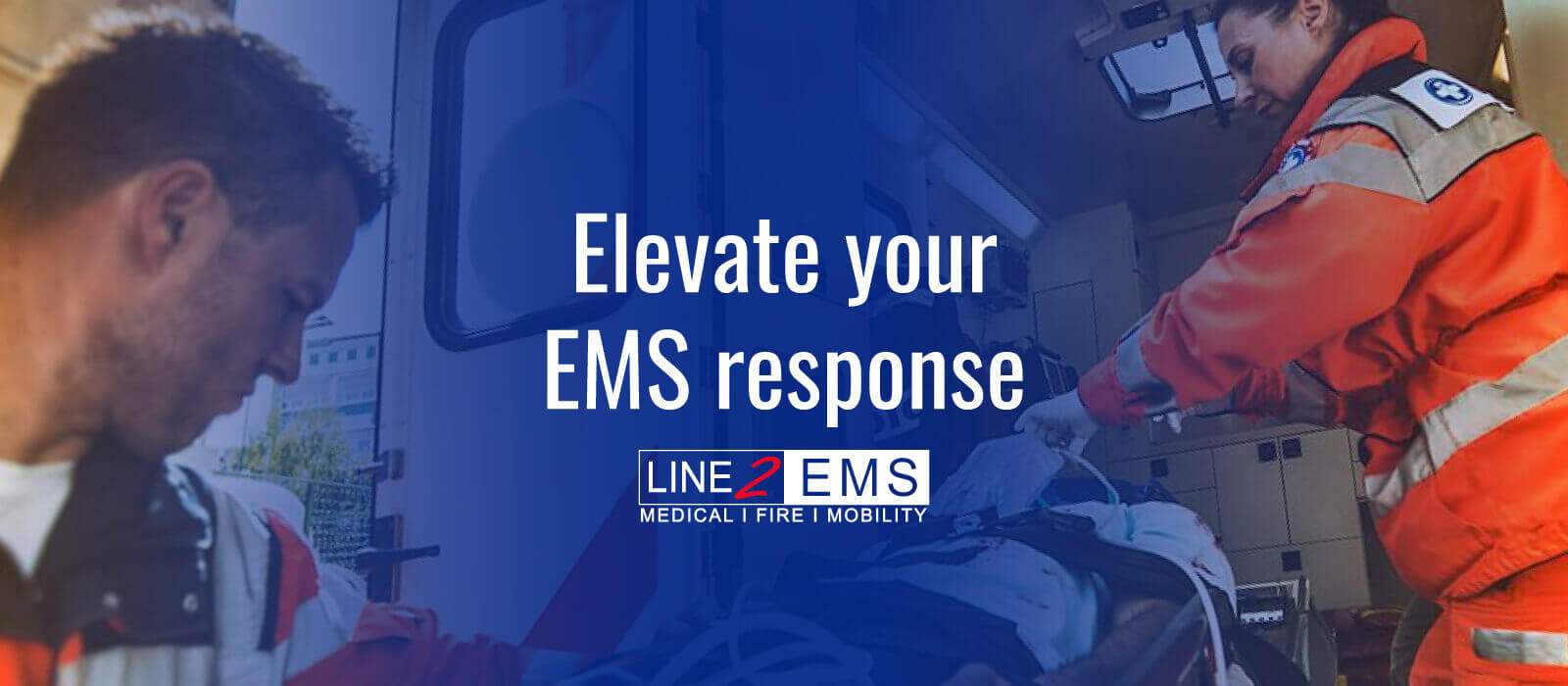
Regular maintenance and upkeep of EMS gear and tools are crucial for ensuring their functionality and longevity. This includes:
- Routine Cleaning: Regular cleaning of tools and gear is essential to prevent contamination and ensure they are ready for use. Use appropriate disinfectants and cleaning methods as per the manufacturer's guidelines.
- Inspection for Wear or Damage: Regularly inspect equipment for any signs of wear, tear, or damage. This includes checking for cracks, fraying, or malfunctioning parts in tools and gear.
- Proper Storage: Store equipment in a clean, dry environment to prevent damage from moisture or extreme temperatures. Ensure that tools are stored in a manner that preserves their shape and functionality.
- Regular Checks and Updates: Stay informed about the latest advancements in EMS equipment and replace or upgrade tools as necessary. Regularly check for any updates or recalls on equipment to ensure they meet current safety and performance standards.
In conclusion, selecting and maintaining tools, gear, and medical bags are critical elements of an EMS professional's role. Quality, durability, and functionality are paramount in choosing the right equipment, ensuring readiness for any emergency. LINE2EMS provides a range of products that meet these essential criteria, supporting EMS providers in delivering effective and efficient patient care. Regular maintenance and staying updated with advancements further enhance the readiness and reliability of EMS gear. Ultimately, well-chosen and well-maintained equipment not only facilitates optimal patient care but also underscores the commitment of EMS professionals to their crucial, life-saving role.



